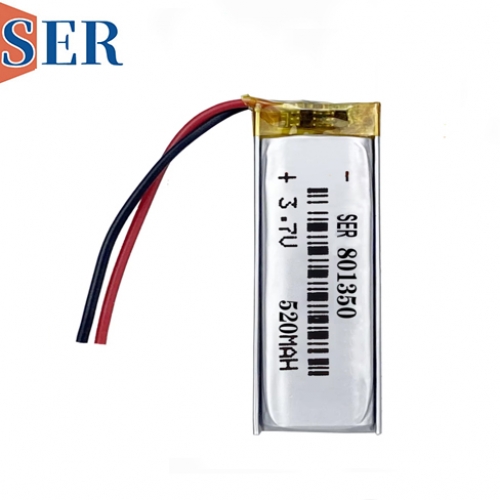The application of lithium battery in Internet of things (iot)
The application of lithium battery in Internet of things (iot)
At present, there are some problems about the lithium battery in Internet of things (iot) applications , such as short working life, low temperature environment, high maintenance cost. Compared with lithium-ion battery, LiSOCL2 battery in key parameters such as energy density, self-discharge rate, product maintenance, and temperature range, and these metrics are exactly what iot applications are looking for, such as water meter and gas meters, which require years of battery life and are obviously lithium-ion battery not enough, so, in some need of long life, maintenance-free and high reliability of applications, the proposed use of LiSOCL2 battery for the Internet of things products.
There are still a few things that need to be done with LiSOCL2 batteries. For example, in the design of the battery compartment, for better heat dissipation, internet of things products in the design of the battery bin structure pay attention to the thickness of the direction reserved 10% margin. In the aspect of surface treatment, it is necessary to pay attention to the smoothness and smoothness of the surface in the design of the cell structure, so as to prevent the protective film of the soft-packed battery from being scratched by the outside materials. In terms of the termination voltage, the design of the product cut-off voltage needs to consider the termination voltage of the battery. It is recommended to set it between 2.0V and 2.5V.
The use of battery power in Internet of things applications will be a large part of the scenario, and power means cost, which is the reason for the rise of lpon technology in recent years, such as NB-IoT and Lora Technology, from the perspective of improving battery life, in addition to enhancing the power-saving mode in the technical side, but also from the perspective of enhancing the power supply capacity to cut in, We believe that there will be more internet of things dedicated batteries on the market in the future.





